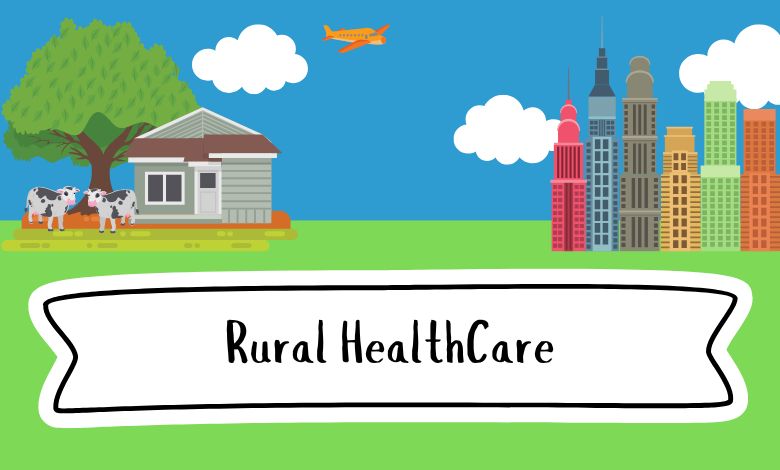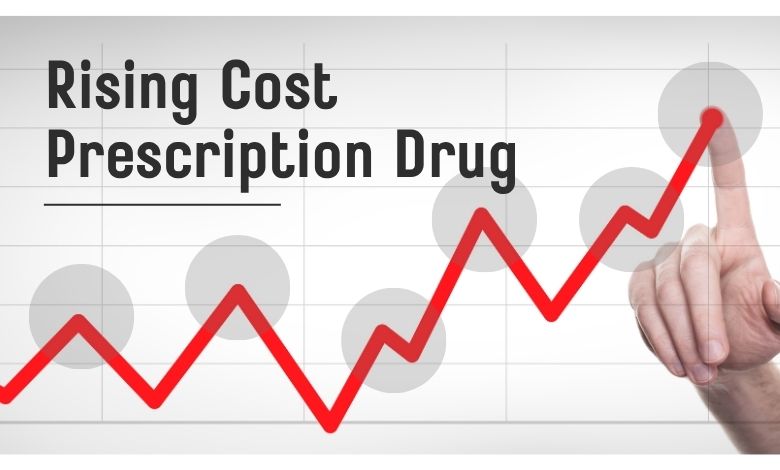Rural Healthcare in America: The Access Gap Explained

Access to quality healthcare remains a critical issue across the United States, but nowhere is this more pronounced than in rural communities. Despite advances in medical technology and policy efforts, rural America continues to face significant challenges in obtaining timely and effective healthcare. This disparity, often referred to as the rural healthcare access gap, affects millions and has deep implications for public health, economic stability, and social equity.
In this post, we explore the roots of this gap, its consequences, and ongoing efforts to bridge it.
Understanding the Rural Healthcare Access Gap
The rural healthcare access gap refers to the differences in availability, affordability, and quality of healthcare services between rural and urban areas. Rural residents often encounter:
- Fewer healthcare facilities and providers
- Longer travel distances to clinics and hospitals
- Limited specialty care options
- Higher rates of uninsured or underinsured individuals
- Greater health disparities and poorer health outcomes
According to the National Rural Health Association, about 46 million Americans live in rural areas—roughly 14% of the U.S. population—but they face disproportionately higher barriers to healthcare access.
Why Does This Gap Exist?
Several interrelated factors contribute to the rural healthcare access gap:
1. Provider Shortages
Rural areas suffer from a significant shortage of healthcare providers. According to the Health Resources and Services Administration (HRSA), over 80% of rural counties are designated as Health Professional Shortage Areas (HPSAs), especially for primary care. The scarcity extends to specialists, nurses, mental health providers, and dentists.
Lower population density and fewer employment opportunities often deter providers from practicing in rural locations. Additionally, rural healthcare jobs tend to pay less than urban positions, further contributing to recruitment challenges.
2. Facility Closures
In recent years, many rural hospitals have closed or reduced services due to financial instability. Medicare and Medicaid reimbursement rates are often lower than the actual cost of care, and rural hospitals tend to treat a higher percentage of uninsured or underinsured patients, leading to revenue shortfalls.
Between 2010 and 2023, more than 130 rural hospitals closed in the U.S., limiting access to emergency and inpatient care. Remaining facilities may lack advanced equipment or specialists, forcing patients to travel long distances.
3. Geographic Barriers
Geography plays a major role. Patients in rural areas often must drive hours to reach the nearest clinic or hospital, which is especially challenging for elderly residents or those without reliable transportation. Weather and road conditions can further complicate travel, delaying care.
4. Economic Challenges
Rural communities typically have lower average incomes and higher poverty rates. This economic reality limits the ability to afford insurance premiums, copays, and medications. Consequently, many rural residents remain uninsured or underinsured.
5. Technology and Infrastructure Gaps
Broadband internet access is uneven in rural areas, restricting telehealth and remote monitoring services that could otherwise help fill care gaps. According to the FCC, about 22% of rural Americans lack access to high-speed internet, compared to only 1.5% of urban residents.
Consequences of the Rural Healthcare Access Gap
The lack of timely, affordable healthcare services in rural areas leads to several serious consequences:
- Higher rates of chronic disease: Conditions such as diabetes, heart disease, and obesity are more prevalent and often poorly managed due to limited access to primary and specialty care.
- Increased mortality rates: Rural residents experience higher rates of preventable deaths, including from cancer, stroke, and opioid overdoses.
- Mental health crisis: The shortage of mental health providers and stigma surrounding mental illness contribute to elevated rates of depression, suicide, and substance abuse.
- Delayed care and advanced illness: With fewer providers and longer travel distances, rural patients may delay seeking care until conditions become severe, increasing hospitalization and mortality risks.
- Economic impact: Poor health reduces workforce productivity and increases healthcare costs, hampering rural economic development.
Efforts to Bridge the Gap
Recognizing the critical nature of rural healthcare access, federal, state, and local agencies, along with private organizations, have launched various initiatives:
1. Incentivizing Rural Providers
Programs such as the National Health Service Corps offer loan repayment and scholarships to healthcare workers who commit to practicing in rural or underserved areas. Some states provide tax credits or bonuses for rural clinicians.
2. Expanding Telehealth
Telemedicine has emerged as a powerful tool to connect rural patients with specialists and primary care providers without requiring travel. The COVID-19 pandemic accelerated telehealth adoption, and ongoing efforts aim to improve broadband infrastructure and reimbursement policies.
3. Funding Rural Hospitals
Federal grants and policy adjustments target financial support for struggling rural hospitals. Efforts focus on stabilizing revenue streams and encouraging innovative care models.
4. Community Health Centers
Federally Qualified Health Centers (FQHCs) and rural health clinics provide essential services in many underserved areas, offering sliding-scale fees and integrated care models.
5. Mobile Clinics and Transportation Services
Mobile health units bring services directly to remote populations. Transportation programs help patients overcome travel barriers for appointments.
Looking Ahead
Despite progress, rural healthcare disparities persist and demand ongoing attention. Solutions require coordinated efforts across multiple sectors—healthcare, government, technology, and community organizations.
Expanding telehealth, training more rural providers, and investing in infrastructure are crucial steps. Additionally, policies addressing social determinants of health—such as poverty, education, and housing—will improve overall outcomes.
Conclusion
The rural healthcare access gap in America is a complex issue rooted in geography, economics, and systemic healthcare challenges. While rural residents face greater hurdles in obtaining quality care, innovative solutions and policy interventions are making a difference.
Closing this gap is not just a health imperative but a matter of equity and economic vitality. Ensuring that rural Americans have access to affordable, high-quality healthcare is essential to building a healthier, stronger nation.
If you or someone you know lives in a rural area, staying informed about local healthcare resources and advocating for expanded services can help make a difference in your community’s health outcomes.



